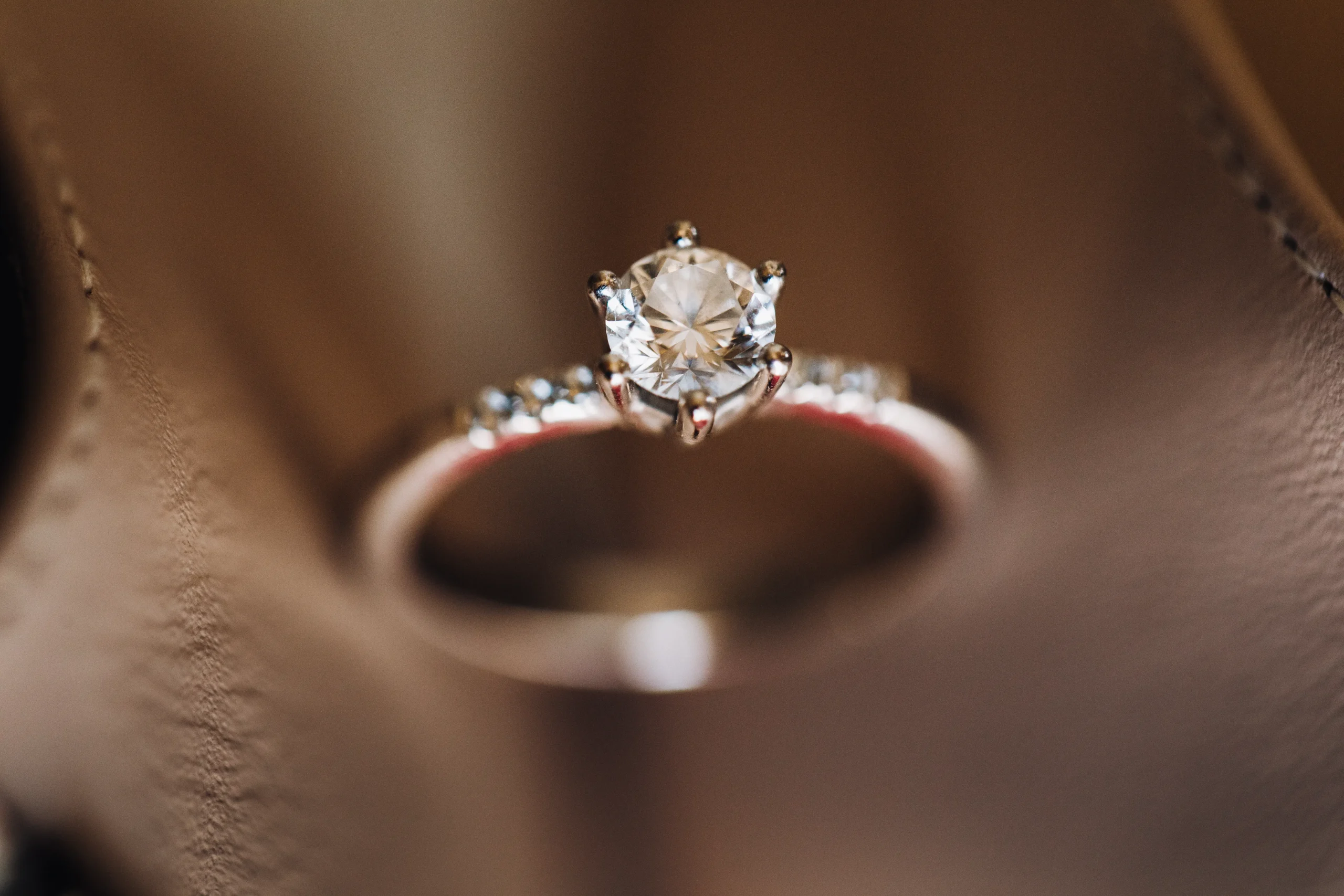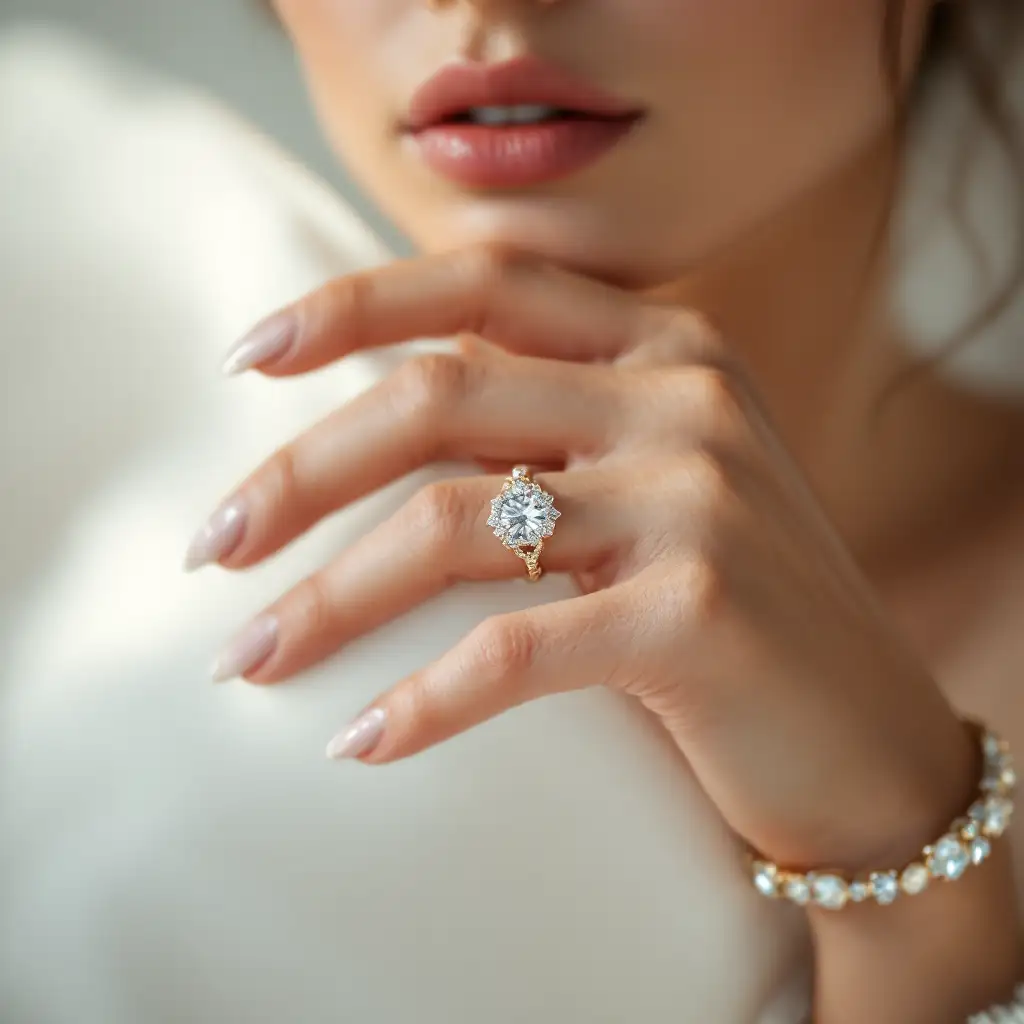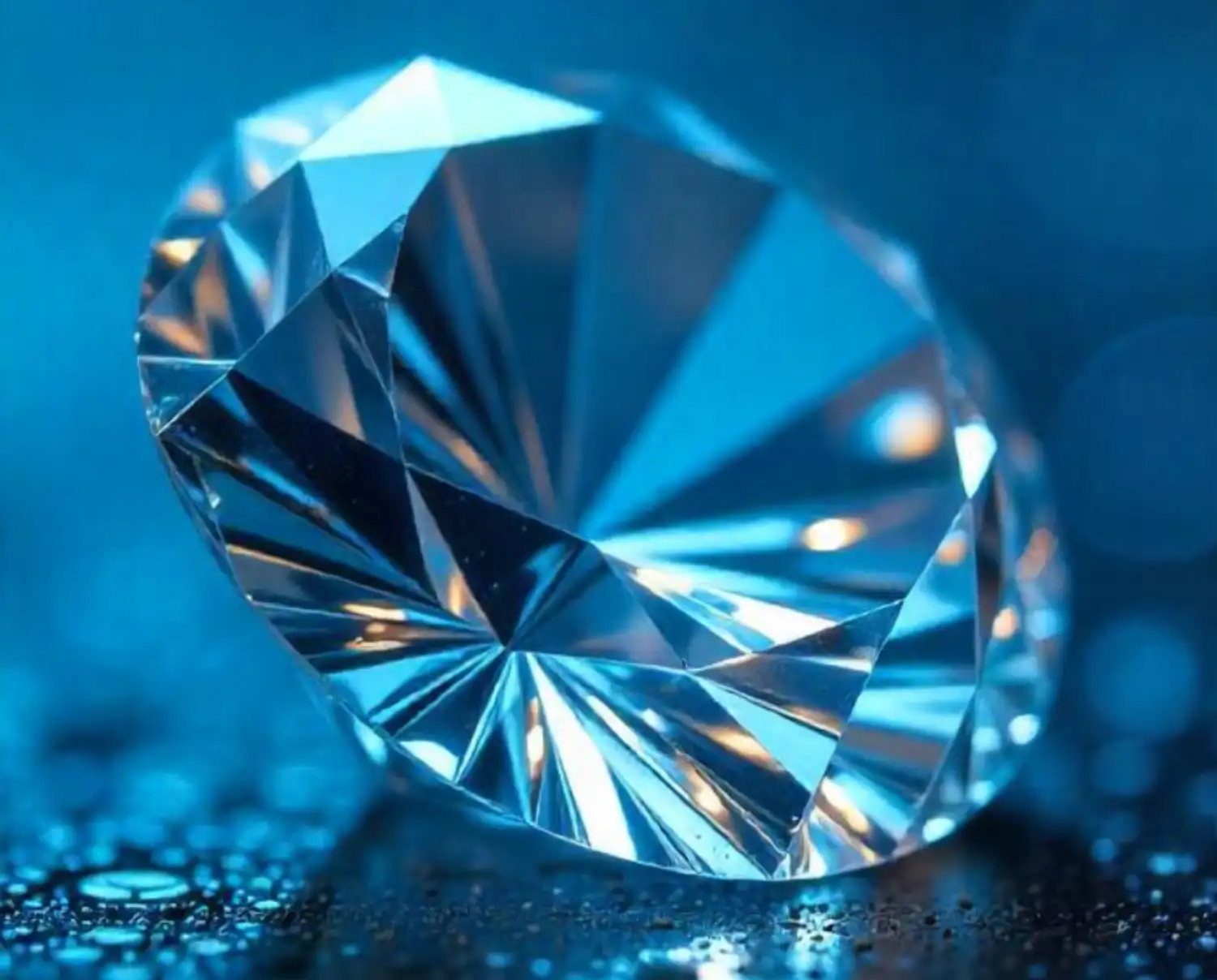The Ultimate Guide to Buying Diamonds
Diamonds are a traditional symbol of love, devotion and luxury, but finding one can be an intimidating experience, especially if you’ve never explored the diamond marketplace. Whether you’re searching for an engagement ring or a meaningful gift, knowing how to select the right diamond is key. This guide will break down everything you have to know prior to buying diamonds, so you can make an informed, confident purchase.
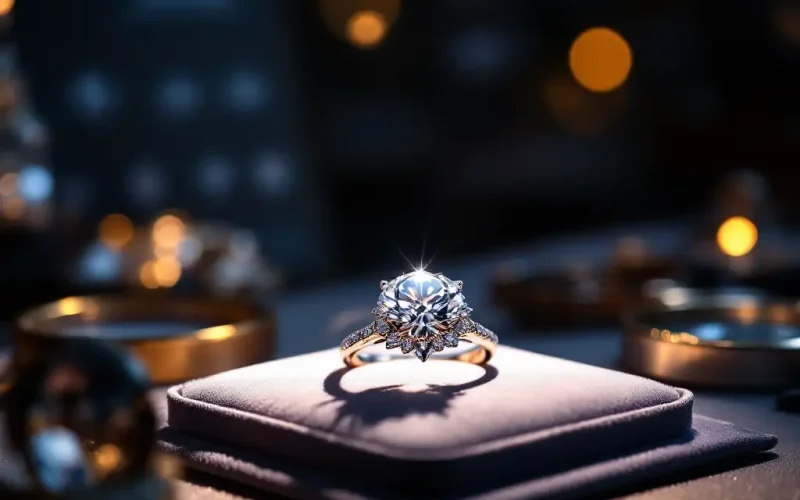
What You Can Expect to Learn:
In selecting a diamond, the significance of the 4Cs (cut, color, clarity, carat)
Guide To Choosing The Right Diamond Shape | Tips
How to budget and get the best value
Insider tips on what NOT to do when purchasing diamonds
You’ll be shopping like a pro by the end of this guide.
Understanding the 4Cs of Diamonds
The 4Cs—cut, color, clarity, and carat—are the universal standard for determining a diamond’s quality. Each plays a significant role in how the diamond looks and how it’s priced, so let’s break them down.
1. Cut
Diamond cut is not about the shape (e.g., round or princess); it’s about how well the diamond has been faceted to reflect light. A diamond with good cut will sparkle beautifully; one with poor cut will look dull.
What to Look For:
Ideal Cuts: For the most brilliance and shine, select “excellent” or “ideal” cut grades.
Proportions: The proportions, depth, and symmetry are crucial as they affect the light travel in the stone.
Quick Tip: If you’re on a stringent budget, allot cuts over the other Cs — a sleek cut can make even a smaller diamond appear striking.
2. Color
Color gauges the presence (or lack) of a yellowish cast you see in white diamonds. Grading is on a D to Z scale (D is completely colorless; Z contains an obvious yellow tint).
What to Know:
Colorless (D-F) grade is the most expensive, but near colorless (G-J) gives you your best bang for the buck and are virtually the same to the untrained eye.
Quick Tip: Think about the metal for the diamond’s setting. If you’re going for yellow or rose gold, you can be a little less picky about color grade, since the hue will be less apparent.
3. Clarity
The clarity is how many internal faults (inclusions) or external faults (blemishes) are present. The fewer the imperfections, the higher the grading of clarity.
Clarity Scale:
The highest grades are Flawless (FL) and Internally Flawless (IF), but these are highly rare (and expensive).
VS1-VS2 (Very Slightly Included) Have great clarity, with impurities that are difficult to see without magnification.
Quick Tip: Most inclusions are invisible to the naked eye in diamonds graded VS2 and higher—so don’t overpay for perfection that you can’t see.
4. Carat
Carat refers to a diamond’s weight, not its size. Though larger diamonds are usually pricier, carat weight alone isn’t what gives a diamond its beauty.
Pro tip: You can save a lot of money by going with a diamond that’s just under a whole carat weight (e.g., 0.9 carats instead of 1 carat). It will look almost the same but will be far cheaper.
Choosing the Right Diamond Shape
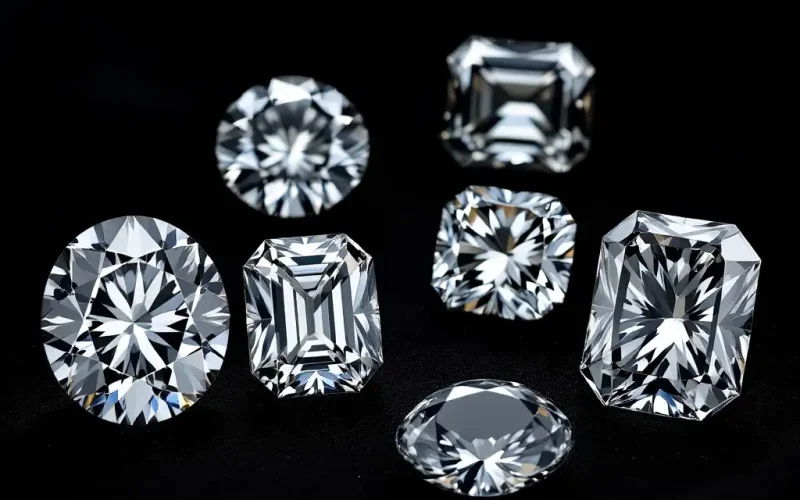
The shape of the diamond is really up to you, but it can affect the cost of your diamond. Below are some of the most common shapes to think about:
Round Cut: Timeless and traditional cut, which gives maximum sparkle.
Princess Cut: Square-shaped with clean, contemporary lines.
Emerald Cut: Rectangular, vintage feel and “hall-of-mirrors” effect.
Ovals: Just as brilliant as rounds but often look larger in the same carat weight.
Cushion Cut: A soft, pillowlike shape, falling between classic and contemporary.
Tip: Fancy shapes (oval, pear, cushion, etc.) are usually less expensive than round stones, making them a great value.
“For more detailed guidance on selecting the perfect diamond for an engagement ring, check out our guide on how to buy engagement rings.”
Setting a Budget
Establishing a budget is an important part of buying a diamond. The good news? You don’t need to spend a fortune to have a beautiful stone. Here’s how to make your dollar go further:
Prioritize What Matters: Decide which of the four Cs is most important to you, and where you’re willing to make sacrifices.
Opt for Lab-Grown Diamonds: They are chemically identical to natural diamonds and come with a lower price tag and a smaller eco-footprint.
Shop Around: Check prices from different retailers, and don’t hesitate to haggle.
Where to Buy Your Diamond
There are several options when it comes to purchasing a diamond. Each has its pros and cons:
1. Jewelry Stores
Brick-and-mortar stores allow you to see diamonds in person, but they often come with a higher price tag due to overhead costs.
2. Online Retailers
Trusted online retailers like Blue Nile or James Allen offer competitive prices and a wide selection. Many even provide high-quality images or 360-degree videos of the diamonds.
3. Wholesale Markets
If you’re comfortable venturing to a diamond district, wholesalers can offer significant savings—but be sure to research the seller’s reputation first.
Buying Tip: Always ask for a grading report from a trusted lab like GIA (Gemological Institute of America) to verify the diamond’s authenticity.
Common Mistakes to Avoid

Skip Certification: Do not purchase a diamond without a certified grading report; the report is the only proof that the diamond meets the quality you are looking for.
Solely Targeting Carat Weight: A very poor cut 2-carat diamond will appear worse than an excellent cut 1-carat diamond.
Buy an Engagement Ring Too Soon: Diamonds are a big investment; make sure to shop around and think carefully.
Creating a Perfect Match with the Setting
Choosing your diamond is the first step, and the setting is the second. A fitting setting will not only highlight the diamond’s attributes but also prevent damage to the diamond. Popular options include:
Prong Settings: Traditional and display the diamond well.
Halo Settings: insulate the center stone with small diamonds for extra shimmer.
Bezel settings: Secures the stone and has a modern design, best for active lifestyles.
Why Buying Diamonds Is More Than Just a Purchase
A diamond is not just a gemstone—it’s an investment, a piece of art, and a symbol of eternal love. Taking the time to understand the nuances of diamond buying will ensure your purchase is meaningful, valuable, and cherished for years to come.
Get Ready to Find Your Perfect Diamond
Now you understand the ins and outs of the diamond-buying process and can start your search. Keep in mind, it isn’t only about the buying diamonds guide; it’s about locating a gem that seems personalized, unique, and suitable for you budget.
If you’re ready to take the next step, visit one of the trusted retailers noted above, or consult a local jeweler who can help you further.
Happy diamond hunting!
Stay updated with the latest designs and styles by following Regal Studio Jewelry: Follow on Instagram now!


